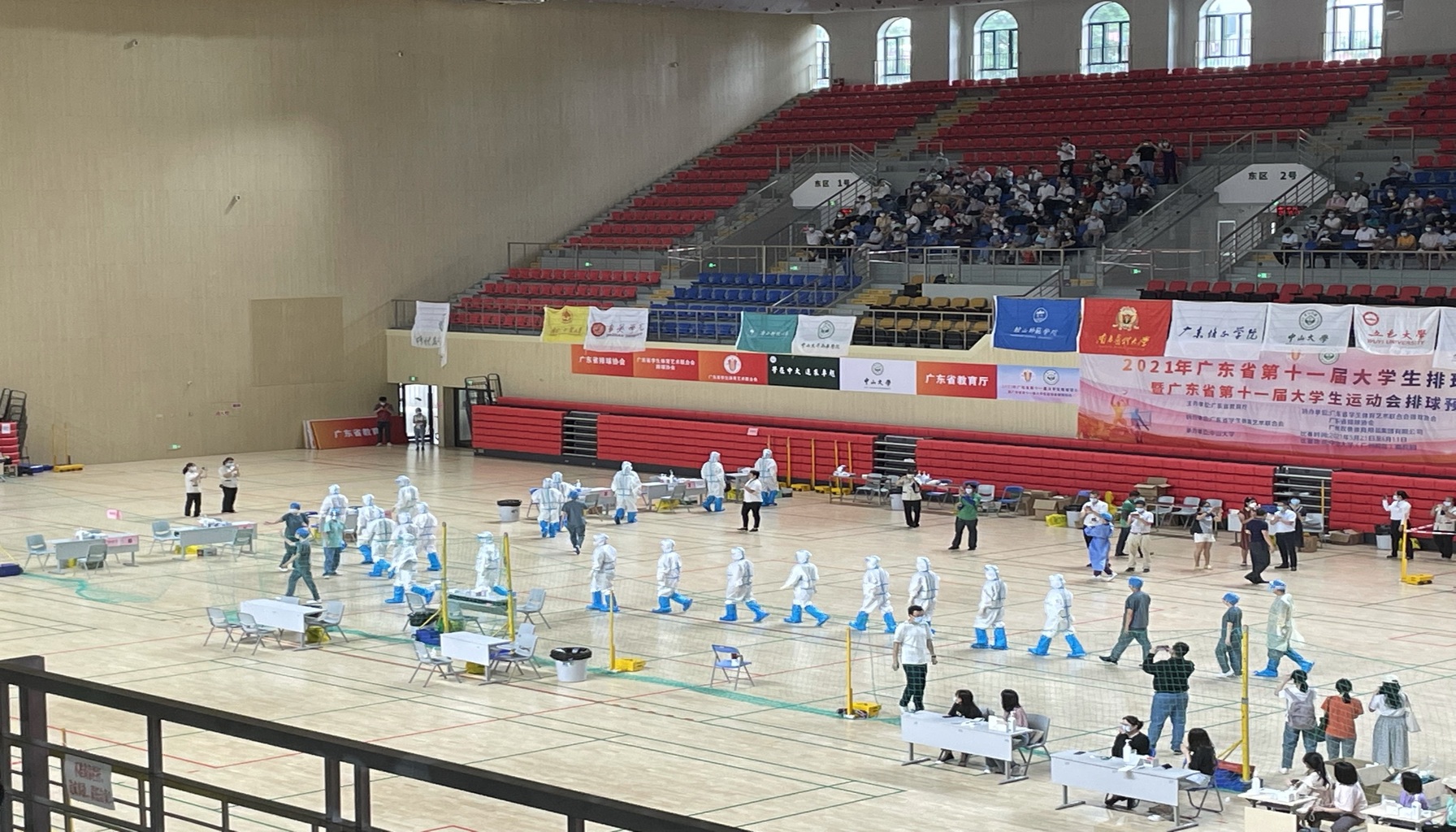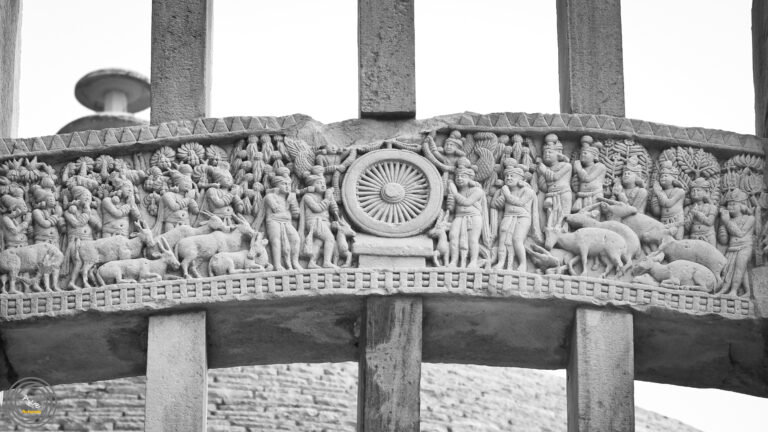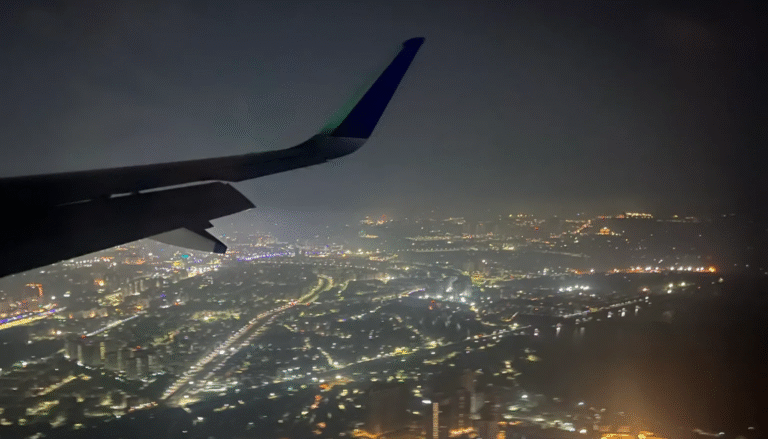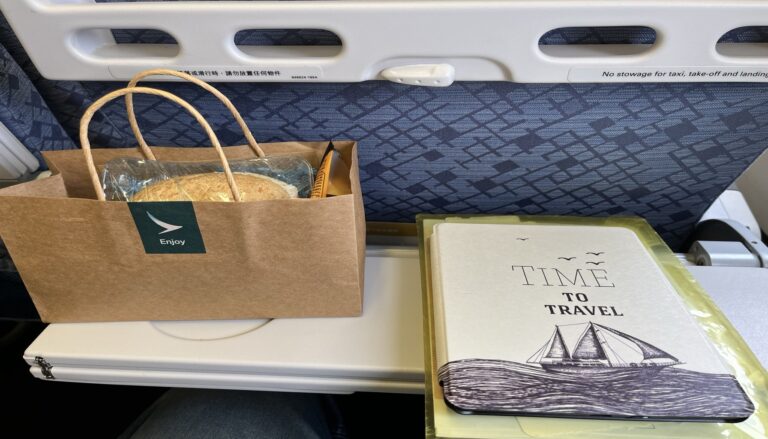Knocking at the door
For the next few days, there was nothing but discussions about my arrival. It had been a long time since Payal and I went on a vacation together. She booked tickets and hotels to visit Bengal’s two favourite destinations – Santiniketan and Darjeeling. I could not go home at the beginning of 2021, when Nanti got married. She made a plan to come to Kolkata from Bangalore to celebrate her brother’s arrival. The stage was set for my homecoming.
The bad news started coming in from the last week of October, just one week after my ticker-booking and one month before my travel. The number of COVID-19 cases started increasing in Guangzhou.
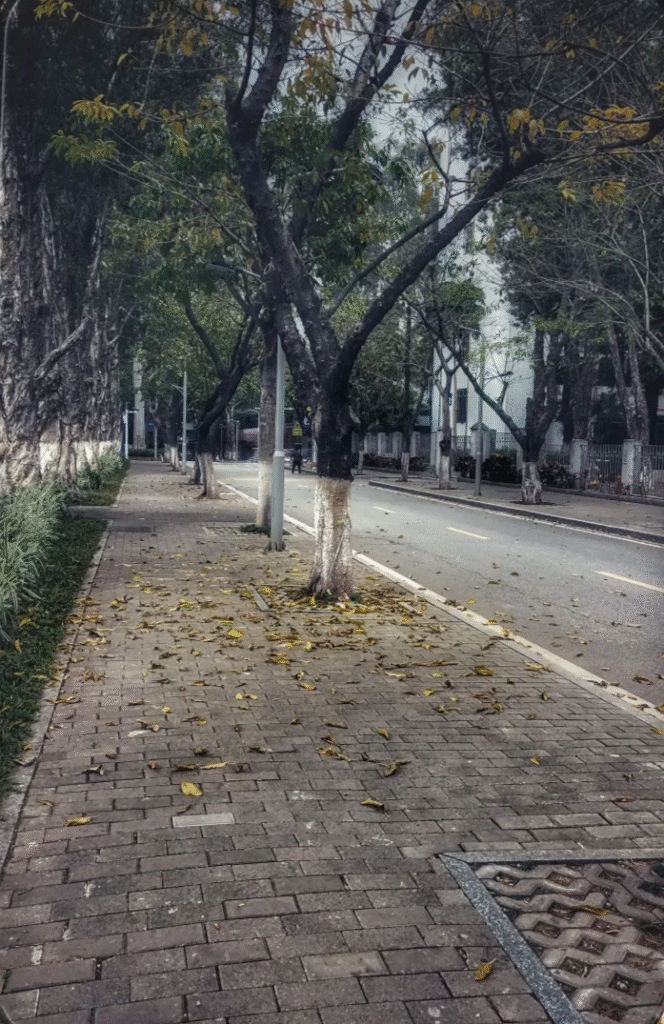
After the first phase of the outbreak in 2020, the Chinese government adopted a localised lockdown policy. As soon as a cluster of cases was reported from a locality, it was cordoned off, the people were tested and treated, and the lockdown was lifted. In the last week of October, RT-PCR testing was made compulsory in some places, including my university. Temporary testing facilities were set up in many places for university students, teachers, and staff. Let me briefly explain how these temporary camps functioned.
Each camp had two areas. The outer area was for the people to queue, and the inner sanctum was for taking the sample. The two areas were divided by a small gate guarded by the volunteers. The volunteers also maintained the minimum distance between the people lined in the outer area.
Before crossing the gate from the outer area to the inner sanctum, one had to scan a QR code. Scanning that code opened a form, in which we need to fill in our names and official ID numbers. After successful submission of the code, a QR code was generated on our mobiles, with which we entered the inner sanctum of the camp.
The volunteers in the inner sanctum scanned the code from my mobile. Samples of ten people were taken in one place – in a small vial with a red chemical inside it. Later, if the analysis result came positive for a vial, the ten people were called again for retesting individually.
The test results would come in the same evening. We need to download it from the app in the form of a QR code. There were three colour codes – green for negative, yellow for suspicious, and red for positive. The next day, the green coloured QR code had to be shown at the university gate to enter the premises.
The number of cases increased with every passing day. The university asked us not to come to the campus unless necessary, as some students tested positive on campus. I started working from home. But there was a problem. It was mandatory to show the green QR code (indicating negative for COVID-19) before entering any market or shop, which meant I had to get tested daily. The university was closed, and I could not access the camps inside it. But I found a camp near my apartment.
For the next 36 days, every morning, I went to that camp and got myself tested. These 36 days included the date of my homecoming.
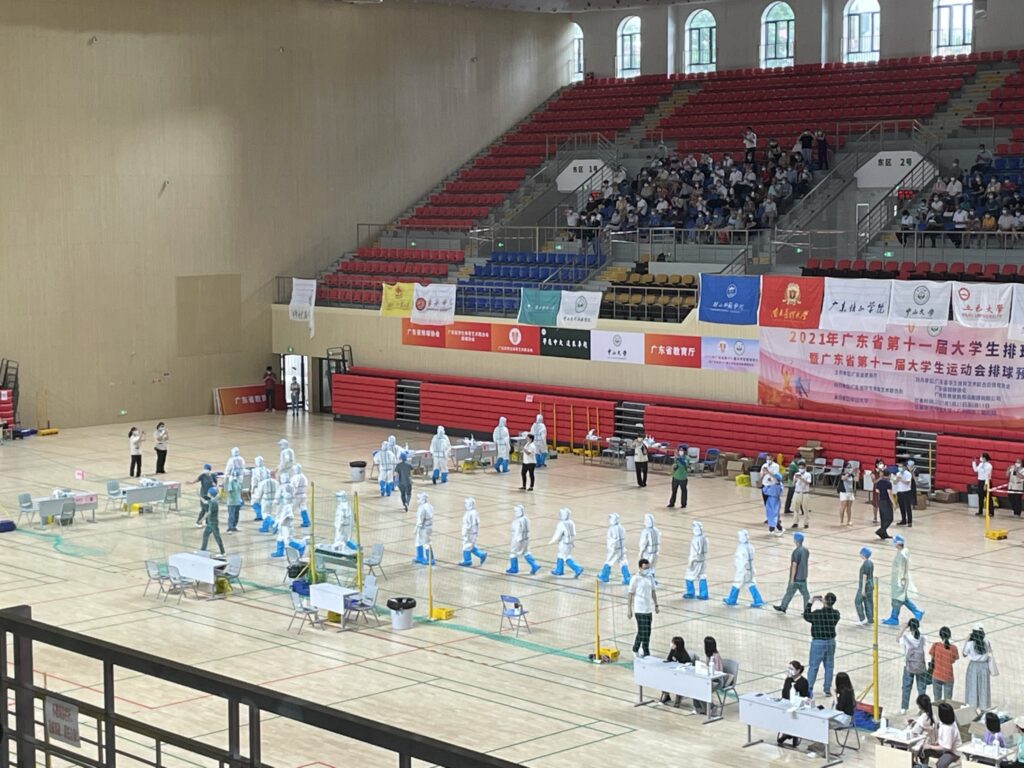
The number of positive cases increased to such an extent that the patients were kept at their homes. The house or the apartment complex was then sealed for seven days. The patient care was provided by the government, such as testing twice a day, providing food, and drinking water. One day at 11 pm, my boss came to my flat with a suitcase full of clothes. There was a positive case in his apartment complex, and so the whole complex was sealed. He could not remain indoors; so, he came to stay in my apartment and went to the university despite the regulations for the next seven days.
One morning, I found that the apartment opposite mine was sealed. It looked like a crime scene-with a ‘Do Not Enter’ ribbon and 24-hour security personnel at the gate. A small rack was kept outside the gate, where daily rations were kept for the residents. COVID-19 started knocking at my door, literally speaking.
The same thing started in the Haizhu district from early November. A few supermarkets were open. I went there twice a week. As the world was recovering and trying to get back to normal life, we were moving toward darkness.
Plan cancelled
With each agonising day, November progressed slowly, but the situation did not improve. Schools, colleges, buses, and trains were all shut down. Once bustling Guangzhou city lay down like a paralysed patient, uncertain what to do. People vanished, the cars were garaged, and educational and business premises were locked. The only exception was the testing camps with people swarming in and out throughout the day. The white tents, as it seemed, were going to be there forever.
And all these things were happening only in the Haizhu district. The Pearl River, just 10 minutes away from my apartment, separated Haizhu from Tianhe and Yuexiu districts, where life was continuing at its own pace. I just had to walk and cross the river to take a taxi to the airport. Many people must have been desperate to cross the bridge like me. One day, as I was mulling the idea seriously, I came to know that some people tried to flee from the Haizhu district by swimming across the river. They were apprehended by the armed police posted on the bridge, and legal actions were taken against them in the charge of spreading the disease and jeopardizing national security and public health.
I would meet these armed guards in the coming days, but at that time, I did not have the luxury or the courage to walk past the checkpoints to my freedom.
Those who know me generally describe me as a patient man. But in those days, my patience was tested multiple times. I told Chi,
If I ever get out of here, don’t ask me to come back. I’ll do something in India, but not here.
A few years back, when I first came here, it was impossible to even think that one day I would be so keen to run away from the place that I loved so much.
The 26th of November, the day of my departure, was Saturday. I canceled the ticket on the morning of the 24th.

